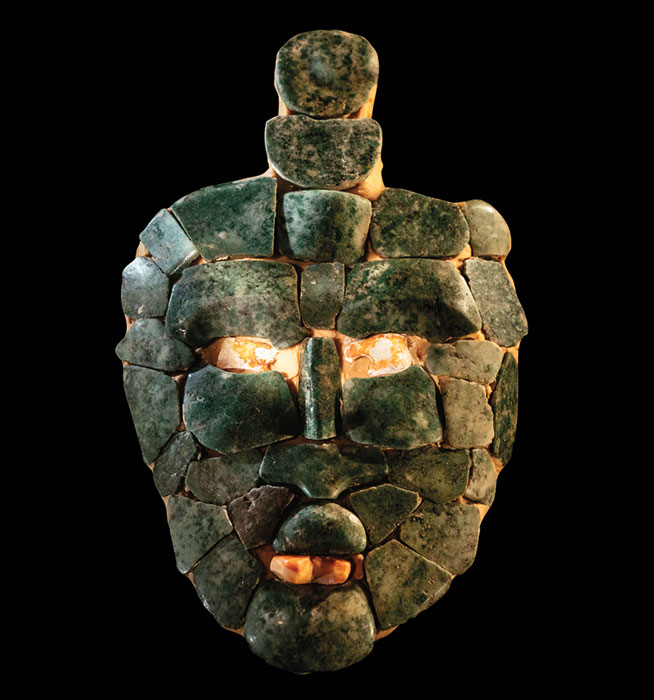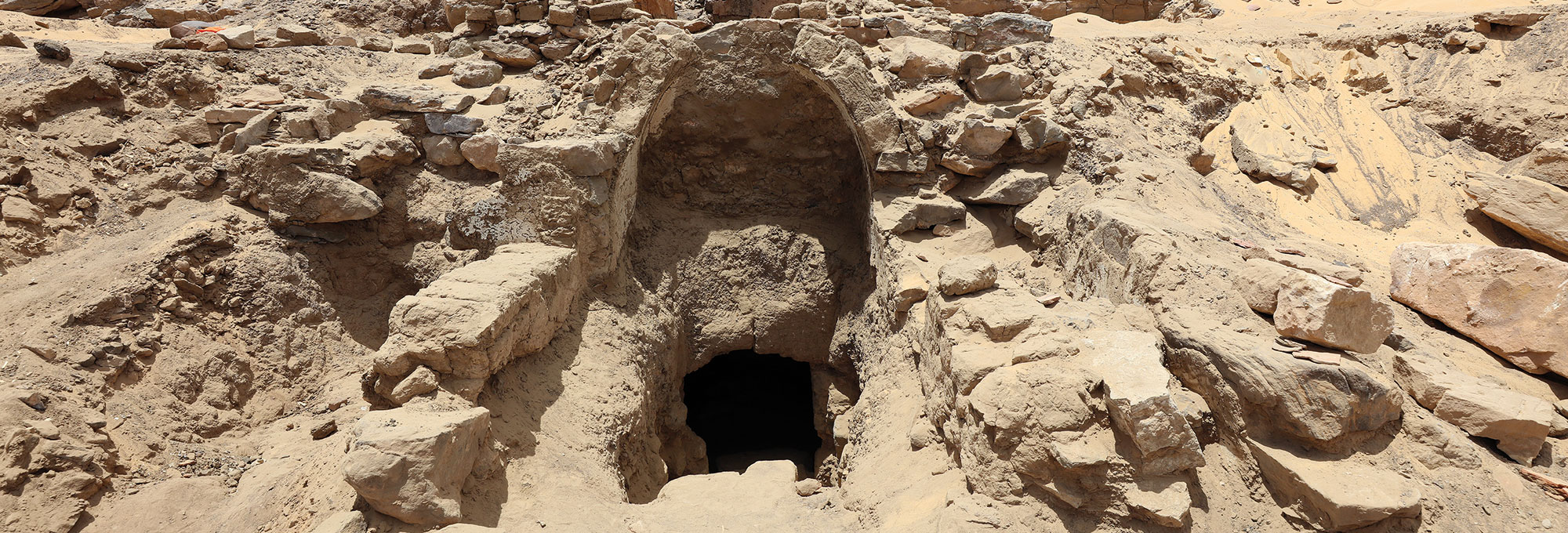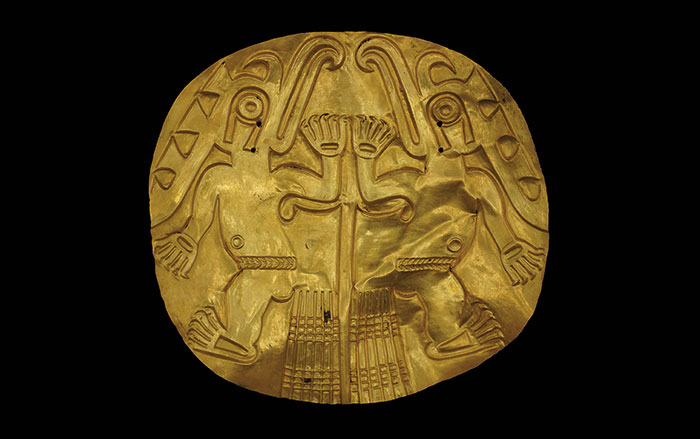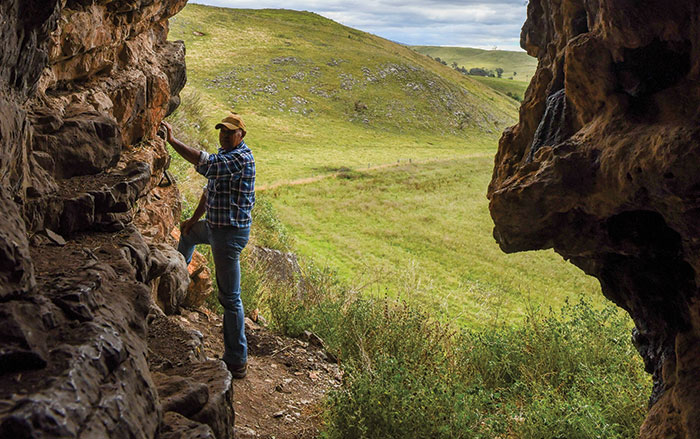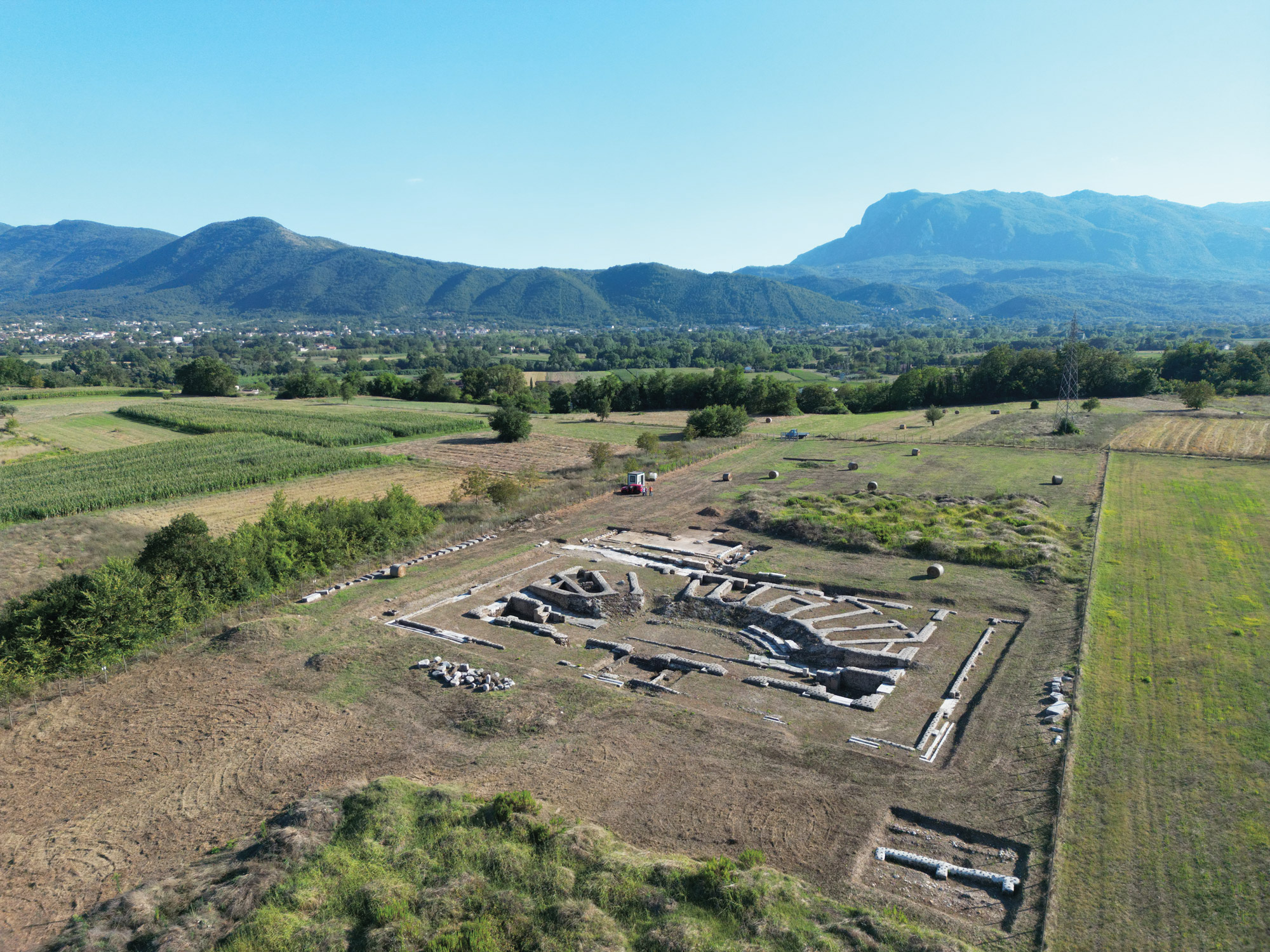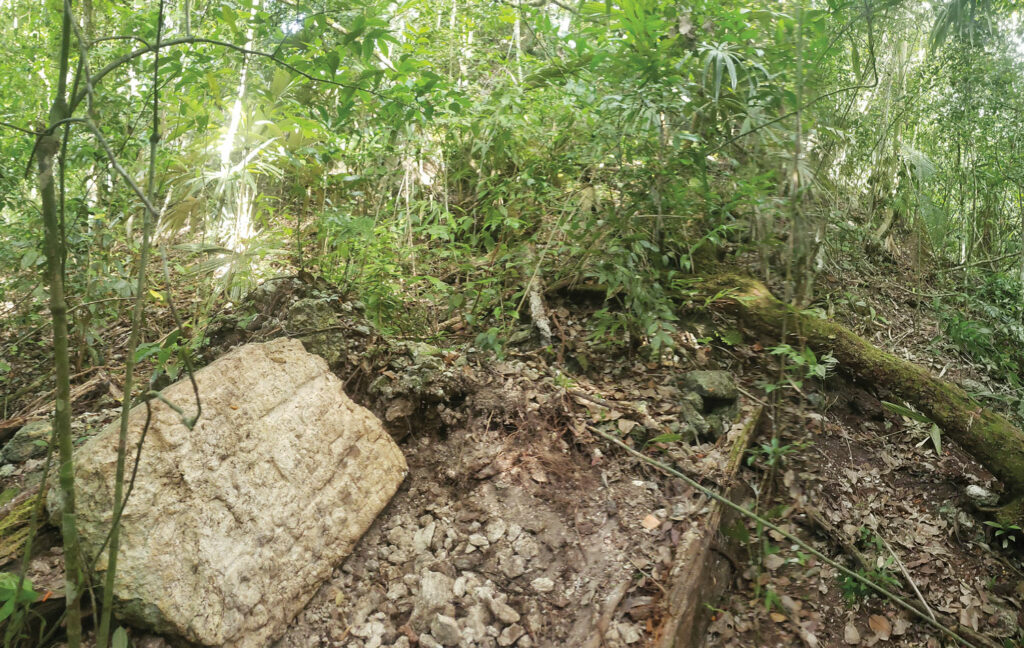
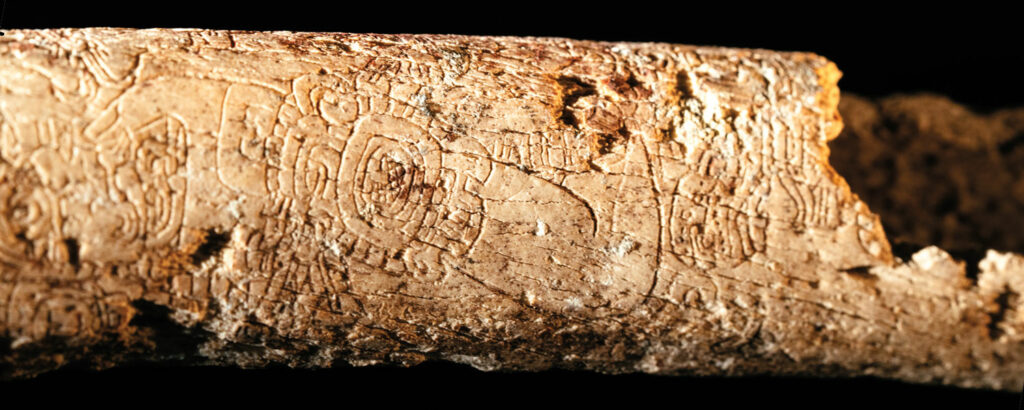
The little-known city of Chochkitam, located in northeast Guatemala’s dense rainforest near the border with Belize and Mexico, was last photographed by archaeologists some 100 years ago. In 2024, archaeologist Francisco Estrada-Belli of Tulane University returned to the site and discovered a small pyramid. Looters had repeatedly ransacked the pyramid, but just feet below the last layer they had reached, Estrada-Belli uncovered a collapsed burial chamber filled with rubble. Inside the coffin-shaped chamber, his team unearthed a partial skeleton belonging to a Maya ruler, a fragmented jade mosaic mask, and human bones inscribed with Mayan glyphs. Outside the chamber, they found a broken royal stela.
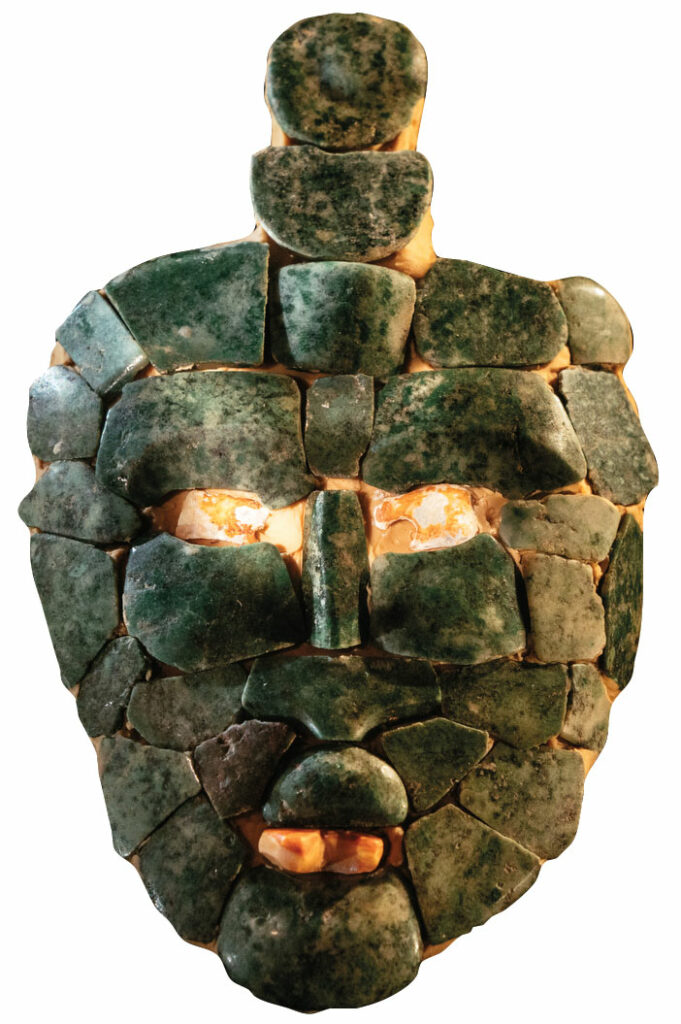
In order to reconstruct the six-inch-tall mask, Estrada-Belli’s team reassembled 33 jade fragments that had originally been sourced from the Motagua River Valley more than 200 miles away, pieces of mother-of-pearl used for eyes, and a mouth formed from a ruby-hued spondylus shell. The team identified two femurs belonging to different individuals—likely the deceased ruler’s father and grandfather—that had been carved as a form of ancestor worship. On one decorated bone, researchers discerned a detailed image of the ruler wearing regalia and donning a headdress bearing his name, Itzam Kokaj Bahlam. The ruler holds a mask similar to the one found in the tomb and sports a belt bearing part of his name, Bahlam, which is the title of a previously unknown dynasty. Dangling from the belt are masks inscribed with names of deities and ancestors. The royal stela bears a depiction of the ruler’s father, Muwaan Bahlam, and was likely used as the tomb’s capstone. Based on the design of the artifacts found in the chamber and radiocarbon dating of the ruler’s bones, Estrada-Belli’s team dated the burial to between a.d. 230 and 350. “Now, we can speak not only to a new dynasty,” he says, “but to Chochkitam in its early years.”



